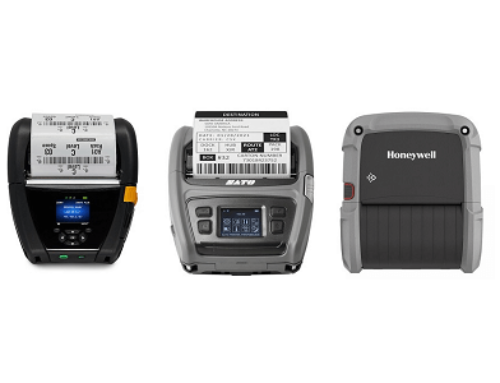Although digitization has long been on the forefront of most modernization strategies, studies indicate that less than half of today’s supply chains are invested in future-forward digital technologies. This may be attributed to lack of clear direction when it comes to creating a scalable system that embraces the whole chain, from manufacturing to retail. Lack of planning has often led to technology and implementation gaps, which result in productivity disruptions that discourage further digitization. Although familiar legacy systems may be comfortable and less disruptive, they circumvent competitive benefits while enabling:
- Higher data entry risks from manual data entry
- Complicated report sharing leading to complex audits
- Longer onboarding as younger workforce struggles to adopt older technologies
- Avoidable cyberthreats from unsupported apps and operating systems
To prevent these issues from growing in today’s warehouses, digitization must be carefully planned in advance, leveraging both small details and large systems alike. Although there are many ways to tailor digitization, the following pattern has become a popular guide for today’s supply chains.
- Standardize digital experiences for simplistic implementation – To combat rising labor turnover rates while staying ahead of surprise and planned industry changes, digital interfaces should prioritize ease of use for faster deployment. This is one of the many reasons Android for Enterprise has taken the center stage in modernization since it leverages a familiar consumer-friendly platform to optimize data computing.
- Establish reliable security in and out of the warehouse – The push for digitization has also brought an increase in cyberthreats since more devices are now connected to the internet. Consequently, proper security parameters must be able to embrace every digital device, from wearable computers to desktop printers in order to prevent data breaches and leaks.
- Break down communication barriers between teams – Especially as we approach the 2021 Holiday Peak Season, team communication is critical to keep all steps of the supply chain updated of any changes in demand, inventory movement, or asset location.
- Automate repetitive tasks with enterprise-grade devices – Systematic order picking can account for over 50% of a warehouse’s total expenses. Therefore, streamlined automation through mobile devices serves as an efficient way to diminish operational costs, free up the workforce, and speed up workflows.
- Prioritize real-time visibility within your inventory management system – Last but not least, real-time visibility and locationing can provide actionable insight into growth opportunities and future disruptions, empowering you to uphold maximum productivity under high demand.
In our dedication to intelligent modernization, SSE Technologies is partnering with Zebra Technologies to dissect each step and simplify undisruptive optimization. For a more in-depth look at the qualities of efficient digitization, reach out to one of our modernization specialists.






